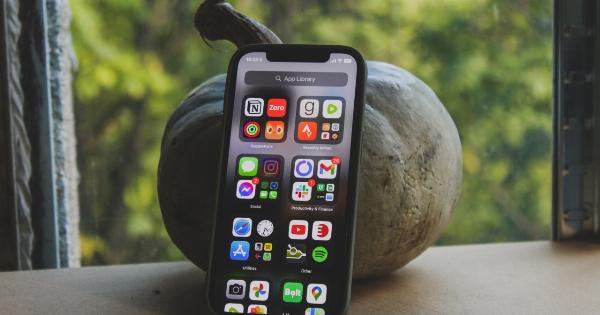Visually impaired individuals face unique challenges in their daily lives, requiring specialized solutions to help them navigate the world around them.
With advancements in technology, there are now customized solutions available to assist visually impaired patients in various aspects of their lives. These solutions aim to enhance their independence, improve their quality of life, and enable them to participate fully in society. This article explores some of these customized solutions and their benefits for visually impaired individuals.
Assistive Technologies for Independent Living
One area where customized solutions have made a significant impact is in assisting visually impaired individuals with independent living.
Various assistive technologies are available to help with everyday tasks such as reading, cooking, and household chores.
1. Screen Readers
Screen readers are software applications that convert text displayed on a computer or mobile screen into synthesized speech or braille.
These tools enable visually impaired individuals to access digital content, browse the internet, read emails, and perform various tasks on their devices.
2. Braille Displays
Braille displays are tactile devices that translate digital content into braille characters. These displays allow visually impaired individuals to read and navigate through documents, e-books, and web pages by touch.
3. Talking Appliances
Talking appliances such as talking watches, clocks, thermometers, and measuring devices have been designed to provide audible feedback and enable visually impaired individuals to use them independently.
These appliances have voice prompts or audio output that convey information and instructions to the user.
Orientation and Mobility Solutions
Visually impaired individuals often face challenges in navigating unfamiliar environments safely. Customized solutions have been developed to assist with orientation and mobility, empowering individuals to travel independently and confidently.
4. White Canes
White canes are widely recognized as an essential mobility aid for visually impaired individuals. These canes help detect obstacles, curbs, and steps, allowing users to navigate their surroundings with increased safety and certainty.
5. Electronic Travel Aids
Electronic travel aids, such as electronic mobility devices and GPS trackers, have revolutionized the way visually impaired individuals navigate their surroundings.
These devices provide audible and tactile cues, helping them identify landmarks, avoid obstacles, and reach their desired destinations.
Assistive Solutions for Education
Customized solutions have also transformed the educational landscape for visually impaired students, providing them with equal opportunities for learning and academic success.
6. Braille Note-Takers
Braille note-takers are portable devices that allow visually impaired students to take notes, write, and review their work in braille.
These devices often include features such as speech output and braille displays, enabling students to access digital content, participate in classroom discussions, and complete assignments independently.
7. Digital Books and Accessible Learning Materials
Advancements in technology have facilitated the conversion of textbooks and learning materials into accessible formats, such as braille, large print, or digital publications compatible with screen readers.
This has significantly enhanced the learning experience for visually impaired students.
Assistive Solutions for Employment
Customized solutions play a vital role in facilitating the inclusion of visually impaired individuals in the workforce, providing them with the tools they need to thrive in various job roles.
8. Screen Magnifiers and Contrast Enhancers
Screen magnifiers and contrast enhancers are software applications that enable visually impaired individuals to enlarge and enhance the display on their computers, making it easier for them to read and work with digital content.
9. Optical Character Recognition (OCR) Systems
OCR systems convert printed text into electronic text, allowing visually impaired individuals to access information from printed documents, including books, invoices, and contracts.
These systems can then read the text aloud using screen readers or display it on braille devices.
10. Assistive Listening Devices
Assistive listening devices help visually impaired individuals in work environments by amplifying sound and reducing background noise. These devices enhance communication and facilitate effective interaction with colleagues and clients.
Conclusion
Customized solutions have transformed the lives of visually impaired individuals, providing them with tools and technologies that empower them to live independently, pursue education, and succeed in the workforce.
From assistive technologies for independent living to orientation and mobility solutions and assistive tools for education and employment, these customized solutions have proven to be invaluable in enhancing the quality of life for visually impaired patients.



























